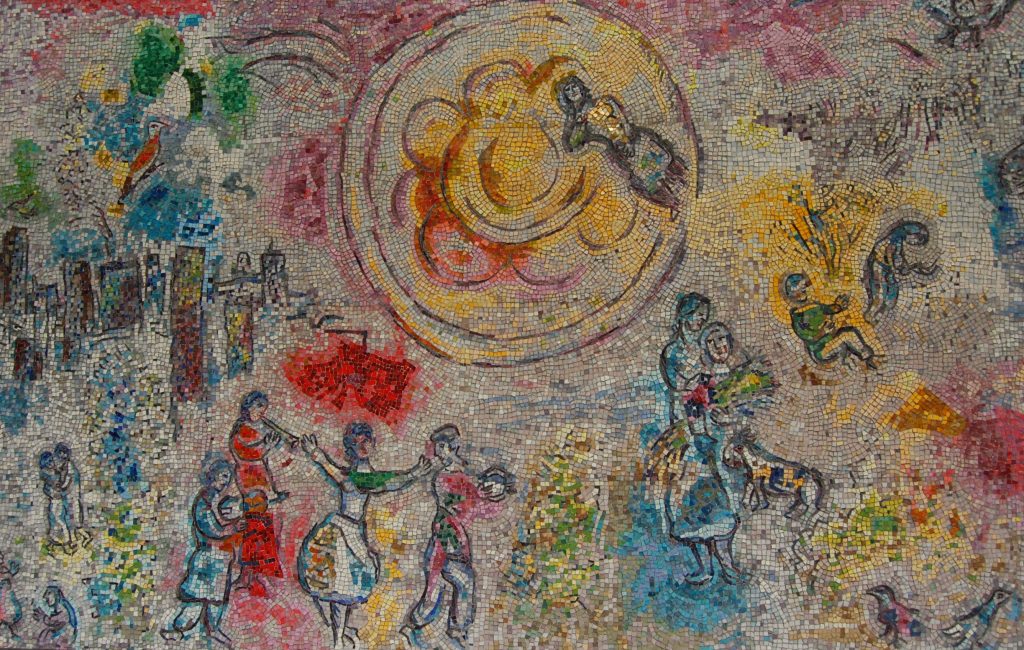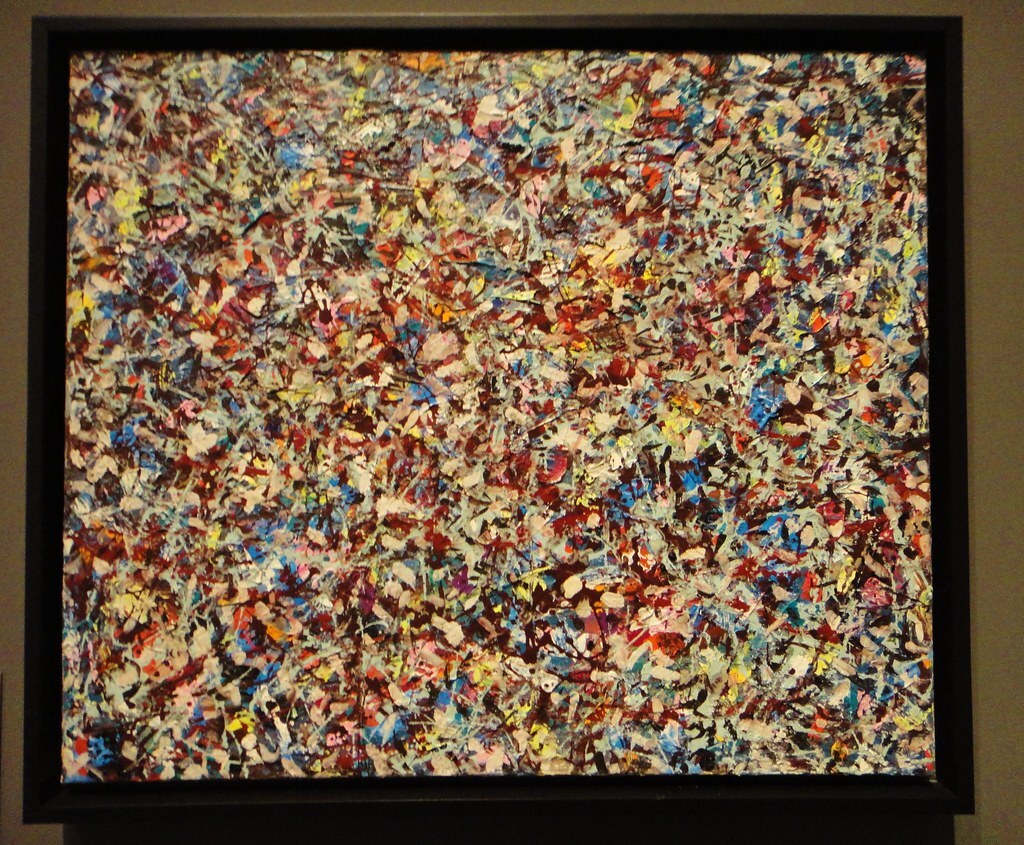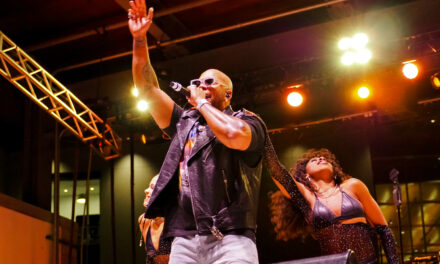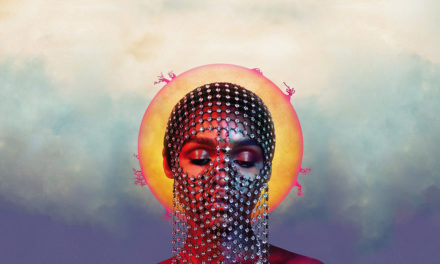As I write this, I am listening to “Eli Eli,” a quintessential Seder song that my family sings each Passover. I can feel the notes vibrating through me and the Hebrew words resounding within my heart. Passover is my favorite holiday, and the arts associated with Passover, whether visual, culinary, musical or performing, consistently fascinate me. I can feel the energy in the air — the artistic power of this Jewish holiday season conveyed through the work of five contemporary Jewish artists.
Passover is an essential spring Jewish holiday, which happens from March 27 to April 4 this year. It revolves around the retelling of the Passover story, which follows the exodus of the Israelites from Egyptian slavery. The holiday kicks off with two Seders, which are large events during which Jews commemorate the Israelites’ liberation by eating symbolically significant food and reciting prayers or songs. While not all Jewish artists directly convey this story or these Passover traditions, many of the themes subtly addressed in their artworks provide insight into this holiday and into our lives.
1. Amedeo Modigliani
Amedeo Modigliani was an Italian Jewish painter and sculptor known for his unique elongated portraits painted with empathy and emotion — which were not always well-received during his lifetime. His “Seated Woman with Child (Motherhood)” and “Gypsy Woman with Baby” paintings, created in 1919, are prime examples of his elongated portraits that simplify the human form. In the Passover story, Yokheved, the mother of Moses, takes brave actions to protect her child from persecution, as the Egyptian Pharaoh ordered all Jewish baby boys to be killed. Her protective tendencies are mirrored in the mother’s loving grip in Modigliani’s “Motherhood.” While he did not intend to paint Yokheved, the universal strength and emotional resilience in motherhood is evident in both figures.

Amedeo Modigliani, “Gypsy Woman with Baby,” 1919. (Flickr/Cliff)
2. Marc Chagall
One of the most famous Jewish artists of all time, Marc Chagall was an early modernist who demonstrated an impressive array of skills, creating everything from large stained-glass windows to oil paintings. His artworks, no matter their medium, often feature prominent Jewish imagery that explores the common theme of liberation. One of his most overtly Passover-themed artworks is “The Tribe of Benjamin” (1964). The image centers around an abstract rendering of a Seder plate, which holds six symbolic foods to be eaten and displayed at the Seder meal. Chagall’s top-down rendering of this plate evokes the image of a flower and the geometry of a wheel, emphasizing the springtime significance and cyclic beauty of the Passover holiday. The vivid colors and bold animal life surrounding the Seder plate also suggest the revival of nature that occurs during this holiday, as Passover marks the beginning of the harvest season. The same natural motif surrounding the Seder plate is depicted in Chagall’s mosaic “Four Seasons” and sits in the springtime section of the four-sided artwork.

Marc Chagall, detail from “Four Seasons,” 1972. (Flickr/JR P)
3. Eva Hesse
Eva Hesse was one of the most influential minimalist artists of her time, known for her revolutionary use of space and material. Hesse also survived myriad traumas, escaping the Holocaust on a Kindertransport. Hesse recalled and acknowledged these generations of trauma, as Jews do on the Passover Seder, through her art. A prime example is “Sans II” (1968). She created simplistic sculptures that suggest chaos underneath, reflecting the emotional turmoil she and others underwent. There is an inherent tension between order and chaos in this work, as the outward grid shape is contained and structured in contrast to the delicate world of texture and imperfection visible underneath the translucent fiberglass. The internal texture may represent the inner turmoil produced by centuries of trauma, as the fibers appear vulnerable in their fragility and confusing in their pattern. These imperfections are placed under a seemingly methodical, translucent grid, allowing the viewers to only barely see this chaos underneath the order.

Eva Hesse, “Sans II,” 1968. (Flickr/Paddy Johnson)
4. Lee Krasner
Lee Krasner was a powerful force in the abstract expressionist movement, whose name, unfortunately, often gets lost next to her husband’s, Jackson Pollock. Krasner was the daughter of Russian Jewish refugees, and she is known to address her Jewish identity, the Holocaust and sexism in the Orthodox Jewish community in her artworks. For example, in her “Little Image” series created in the late 1940s, she reworked and repeated letters of Hebrew script, which some theorize was her unconscious response to her Judaism and the Holocaust. This intense layering of geometric Hebrew forms is employed in “Shattered Color,” (1947). While the piece merely looks like a mélange of wild brushstrokes as most abstract expressionist artworks do, the intention behind this intense, geometric layering is still quite apparent.

Lee Krasner, “Shattered Color,” 1947. (Flickr/C-Monster)
5. Sylvia Feinstein
Sylvia Feinstein is a Buenos Aires-based artist who weaves tapestries with ancient techniques to address biblical themes and translate them into abstract art. One of her most poignant tapestry series is based around women in the Bible, and the most applicable artwork to Passover is her tapestry entitled “Miriam.” Miriam plays a central role in the story of Passover, as she protects her brother Moses as he floats down the Nile River and later celebrates their exodus from Egypt as they cross the Red Sea. Without Miriam, this victory would have likely been impossible. Feinstein describes women in the Bible, such as Miriam, as role models for their courage and wisdom. Even if you cannot literally see or recognize Miriam in this abstract tapestry, the colorful, textured forms of the artwork do recall a sense of hope, victory and leadership.
Even those who are not Jewish or religiously active Jews can appreciate the themes of Passover and the artistic strengths of these contemporary Jewish artists. Passover can be a reminder that the emerging springtime season is an opportunity for growth, and that role models can be looked to for the courage and wisdom needed to embrace this fresh change. Art is a powerful tool for not only taking in these lessons, but also for learning about different cultures, an opportunity that should be embraced every time new, unfamiliar artworks and cultures are encountered.
Zimra Chickering (24C) is a born and raised Chicagoan who studies art history and nutrition science. She is also a student docent for the Michael C. Carlos Museum, Woodruff JEDI Fellow, educational committee chair for Slow Food Emory, and Xocolatl: Small Batch Chocolate employee. Zimra loves cooking, visiting art museums, photography, doing Muay Thai, drinking coffee, and grocery shopping. She uses writing as an outlet to reflect upon issues and oppurtunities within artistic institutions, and the unique ways in which food and art can act as communicators of culture.







